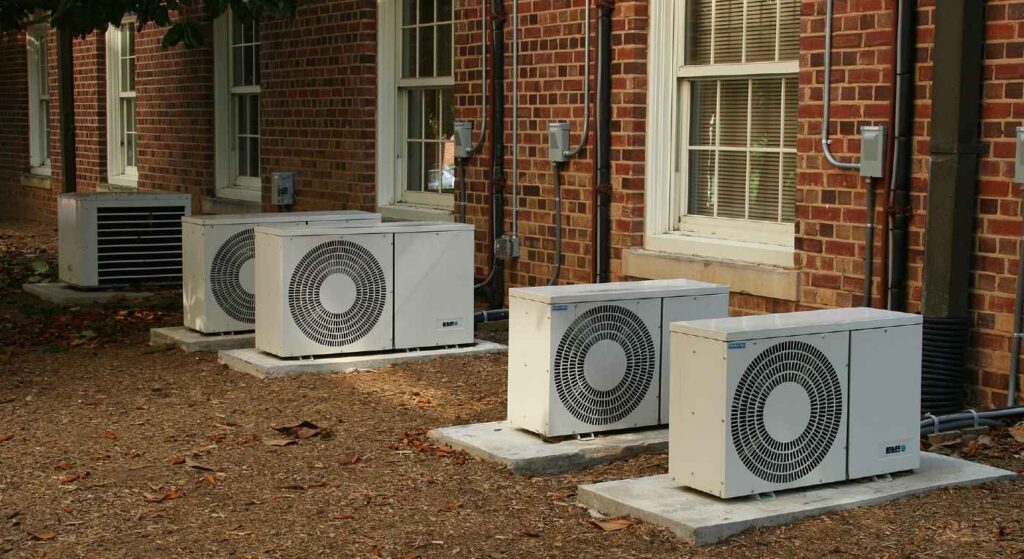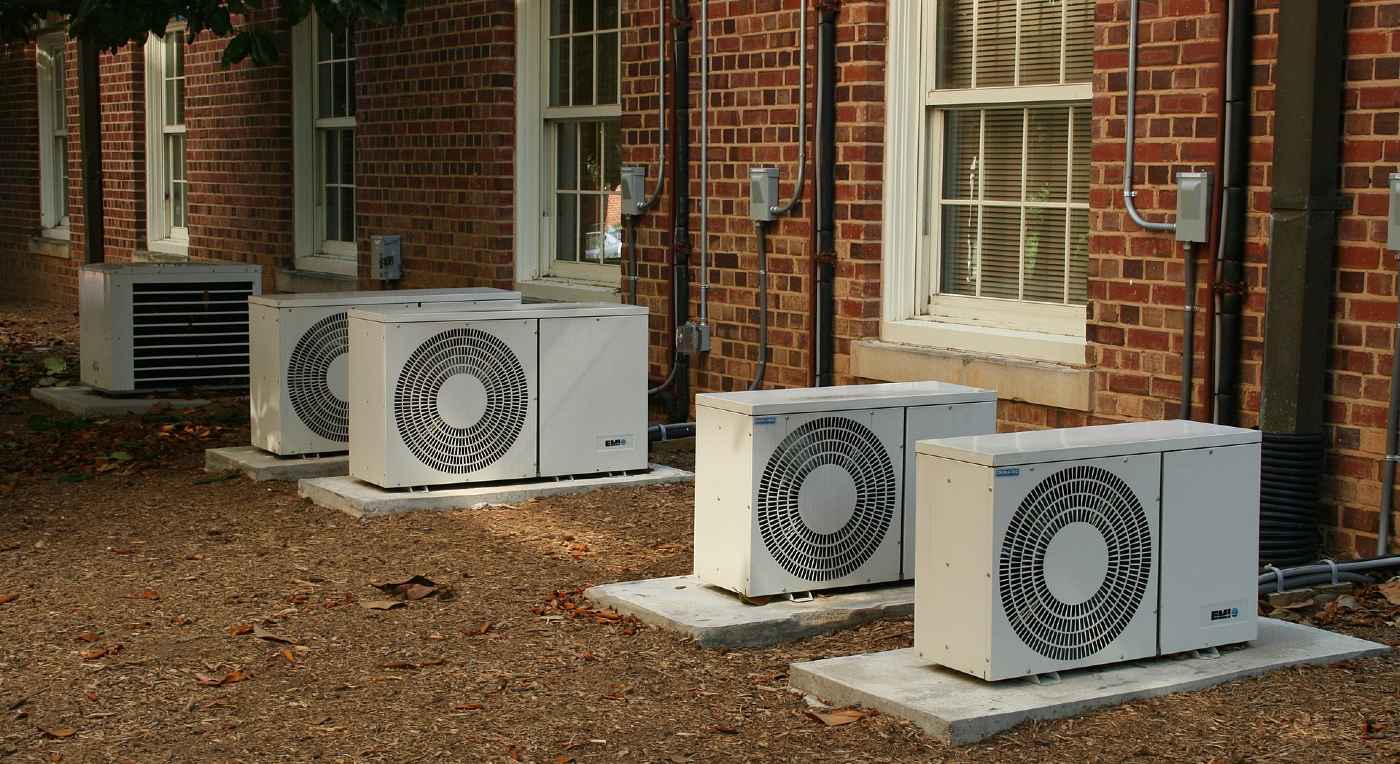
While looking for ways to make homes and offices more efficient, building managers have realized that something as seemingly insignificant as the water droplets from the underside of air conditioning units have the potential to quench the thirst of thousands.
While the drips don’t seem like much, they really add up. Microsoft reports that their 46,000 square meter offices in Herzliya, Israel, collect 3 million liters of condensate from air conditioners annually, which it uses to irrigate the campus flora and cool the building.
This equates to the entire annual indoor and outdoor water needs of at least two family homes.
In the U.S., a campus building at Rice University, Houston, has an A/C unit that generates 15 gallons of condensate per minute, and they believe their entire campus could supply 12 million gallons annually.
Grasping this potential, municipal governments and eco-conscious offices around the United States are experimenting with different ways of utilizing a resource which for many years has served only to drip down the walls of buildings, giving them a dirty run-down appearance.
It’s not the hardest challenge, since condensation is a process that’s quite easy to control and predict. For example, if the surface on which condensation is taking place is uneven, the water will always run to the narrowest point before gathering enough mass to fall. Positioning a cistern or channel under that point is essentially the only major step required, or adding a water pump if one needs to send the water uphill.
MORE: Rubber Made From Dandelions is Making Tires More Sustainable – Truly a Wondrous Plant
Furthermore, many A/C units come with rubber condensate disposal piping which drains the moisture into a specific location such as a yard.
Clever condensation
In Austin, Texas, a place that is both parched and forward-thinking, the city council approved an incentive program that will offer large building managers money if they can reuse their air-conditioning condensate, graywater, or rainwater for onsite non-potable needs.
Bloomberg reports that between two buildings, the 56-story Austonian residential skyscraper, and the Austin Central Library, their water recycling methods save the city 362,800 gallons of water per year.
Systems that go farther—that save one million gallons of potable water—are eligible to receive $250,000 in funding, doubling to $500,000 if the systems can save the city three million gallons.
Another hot and arid city, Tucson, is demonstrating the use of these water-conserving systems. The College of Architecture, Planning, and Landscape Architecture at the University of Arizona uses 100% recycled water in their Sonoran Landscape Laboratory.
Situated on what used to be 1.2 acres of parking lot, this miniature piece of the Sonoran Desert uses 95,000 gallons of water—all collected from air conditioning condensate for the irrigation of desert gardens and in continuously topping up a pond where local wildlife can drink.
Other non-potable water integration features like roof runoff, drinking fountain graywater, and back wash from a sand filter, along with the HVAC condensate will save an estimated 230,000 gallons of potable water there per year.
There are several online guides for how to build your own recycling system, or the basic principles of harvesting your own A/C condensate ,if you live in an dry climate and want to take advantage of this techno-blessing.
SHARE This Story With Friends With Pals Who Are Thirsty for Good News…





















I seen the birds drink the water from my air conditioner a few years ago and thought the run off must not be toxic. And they (The bird ) bath in the run off as well. Great story.